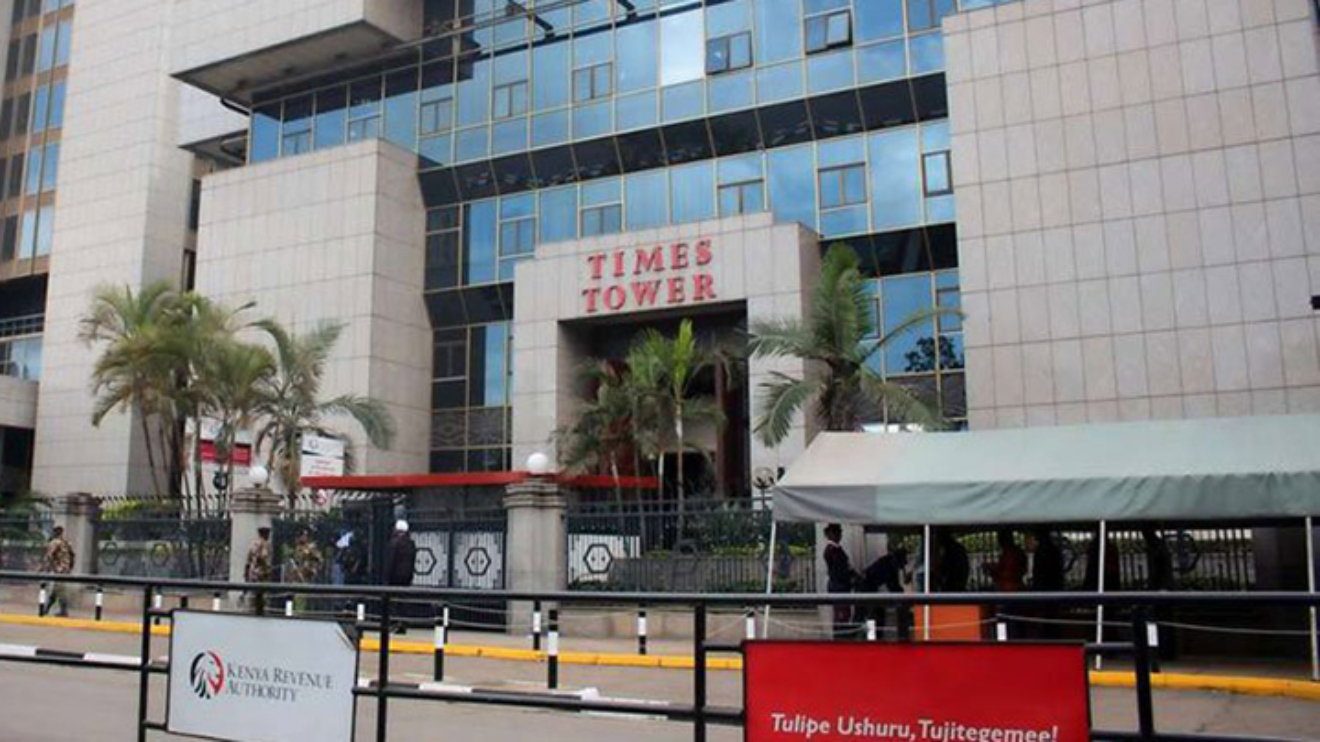The Auditor General's recent report, presented before a parliamentary committee, has sent shockwaves through Kenya Power and Lighting Company (KPLC) as it was the subject of controversial articles on various media platforms highlighting inflation of electricity bills by 20 per cent.
The matter has raised questions about the cost of electricity and the transparency of billing practices, leading KPLC to respond with a firm rebuttal of the claims.
In their official statement, KPLC expressed their concern over the misleading nature of the report, highlighting its lack of factual evidence and its apparent intention to create a false narrative surrounding the cost of electricity.
Furthermore, the company asserted that the articles sought to tarnish its brand and mislead the public.
"Kenya Power has taken note of a misleading article titled Auditor reveals how Kenya Power inflates electricity bills. The article quotes a report by the Auditor General that was presented before a parliamentary committee," the statement read.
Read More
"Kenya Power takes exception to the contents of the article, which are not only non-factual but also geared towards building a false narrative around the cost of electricity and tarnishing the brand."
To address the allegations and provide clarity on the matter, Kenya Power has offered a detailed explanation of its operations and the regulatory environment they operate in. As a reporter, it's essential to delve into each point made by KPLC:
Kenya Power operates in a regulated environment that is guided by the Energy Act of 2019.
All charges present on electricity bills are meticulously approved by the Energy and Petroleum Regulatory Authority (EPRA) for all customer categories. This regulation aims to ensure fair and consistent billing practices across the board.
KPLC clarified that electricity bills are calculated based on customer consumption, using the difference between the current meter reading and the previous month's reading.
The approved base tariffs, levies, and taxes are then applied to this consumption data to compute the customer's monthly bill. This process aims to provide customers with a clear understanding of their electricity consumption and corresponding charges.
The company acknowledged that power system losses are an inherent part of electricity transmission and distribution.
To account for this, the regulator sets a threshold for allowable system losses, which is factored into the tariff structure. In the current financial year, the regulator has permitted system losses up to a maximum of 18.5 per cent.
Kenya Power takes responsibility for covering any system losses incurred beyond this threshold.
Kenya Power emphasized that the regulator conducts monthly checks and verifications to ensure that customers are billed accurately and in accordance with approved rates. This verification process helps maintain transparency and accuracy in billing practices.
According to the statement, Kenya Power procures electricity from one hundred (100) delivery points, which are supplied by fifty-eight (58) power suppliers, including KenGen, IPPS, REREC, and imports.
The company stated that all these delivery points have been verified to have both main and backup meters (check meters) as required by the respective Power Purchase Agreements.
KPLC urges customers and the public to rely on accurate and verified information when discussing electricity tariffs and consumption.
As this controversy unfolds, it remains to be seen how the public will react to the Auditor General's report and KPLC's response.
One thing is certain; the discourse surrounding the cost of electricity in Kenya will continue to be a significant topic of discussion in the days to come.


 (1)-1730745141.jpg)


-1730399993.jpg)



 (1)-1725105260.jpg)

